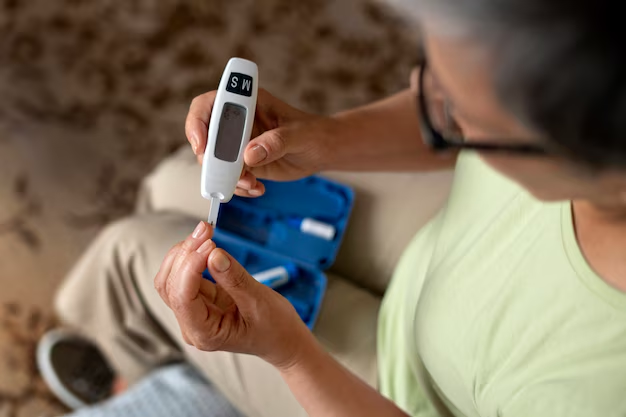Understanding Type 1 and Type 2 Diabetes: What You Need to Know
Diabetes is a chronic health condition that affects millions of people worldwide. It not only impacts daily lifestyle but also carries long-term health implications. Two primary forms of diabetes are Type 1 Diabetes and Type 2 Diabetes, each distinct in its cause and management.
What Is Type 1 Diabetes?
Type 1 Diabetes, often diagnosed in children and young adults, is characterized by the pancreas's inability to produce insulin, a vital hormone that regulates blood sugar. This autoimmune condition results when the body's immune system mistakenly attacks insulin-producing beta cells in the pancreas. Despite ongoing research, the exact cause of this autoimmune response remains unclear, though genetic factors and environmental triggers are believed to play significant roles.
Living with Type 1 Diabetes requires routine monitoring and lifelong insulin therapy. This rigorous management includes regular blood sugar testing, carbohydrate counting, and balanced meal planning to maintain stable glucose levels. While it may initially seem overwhelming, many individuals with Type 1 Diabetes live full and healthy lives with support from healthcare providers and continuous glucose monitoring technologies.
What Is Type 2 Diabetes?
Type 2 Diabetes is far more common, accounting for approximately 90% of all diabetes cases. Unlike Type 1, Type 2 Diabetes primarily affects adults, though it is increasingly diagnosed in younger populations due to rising obesity rates. This form of diabetes occurs when the body becomes resistant to insulin, or when the pancreas fails to produce enough insulin to maintain normal glucose levels.
In Type 2 Diabetes management, lifestyle changes are crucial. Emphasizing a healthy diet, regular physical activity, and weight management can significantly improve blood sugar control. Medications may also be prescribed to help regulate glucose levels when lifestyle modifications alone aren't sufficient.
Exploring Financial and Educational Support Options
Managing diabetes, whether Type 1 or Type 2, comes with financial burdens. The cost of insulin, diabetes medications, and related healthcare can be significant. However, various programs provide financial assistance to ease these expenses.
Government Aid Programs: Many countries offer support for individuals with diabetes through healthcare programs that subsidize the cost of medications and supplies.
Financial Assistance: Nonprofit organizations and pharmaceutical companies often provide aid or discounts for those with limited means to cover diabetes management costs.
Debt Relief Options: Credit counseling services can aid in organizing finances and negotiating debts, which can be particularly beneficial for families dealing with high medical expenses.
Additionally, for those interested in expanding their knowledge or pursuing a career in healthcare fields related to diabetes management, educational grants and scholarships are available. These resources can help individuals remain informed and engaged in continuous care and advocacy.
Key Financial and Educational Resources
💊 Pharmaceutical Assistance Programs: Check with drug companies for patient assistance programs that offer free or discounted medicines.
🩺 Health Insurance Marketplace: Explore government marketplaces for insurance plans that cover diabetes care, including preventative services.
📚 Scholarships for Health Fields: Many organizations offer scholarships for studying nutrition, endocrinology, or nursing, all crucial in diabetes care.
💼 Debt Management Services: Seek professional services that specialize in medical debt relief to better handle unexpected healthcare costs.
🏥 Community Health Clinics: These clinics provide care on a sliding fee scale, offering an affordable option for regular check-ups and diabetes management education.
Understanding the nuances of Type 1 and Type 2 Diabetes helps empower individuals and families to make informed health decisions while exploring supportive financial and educational opportunities available to them.
